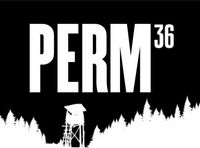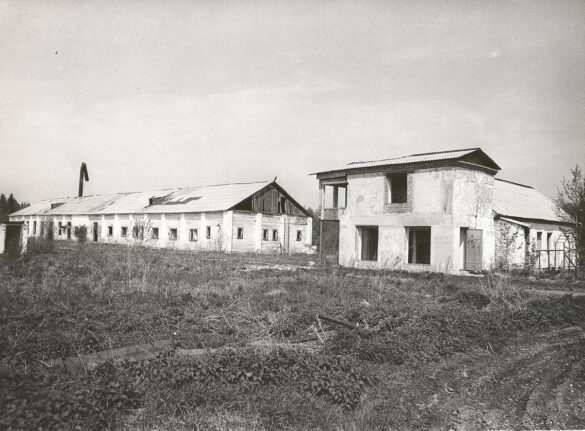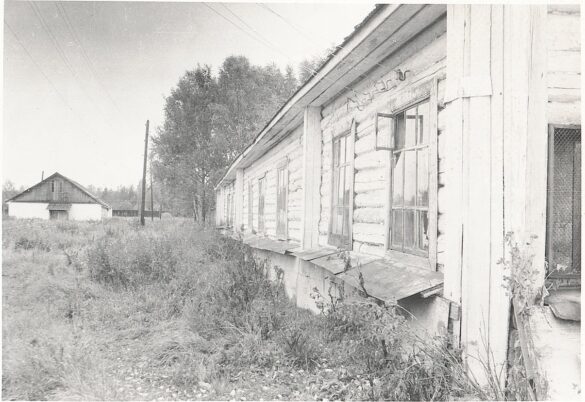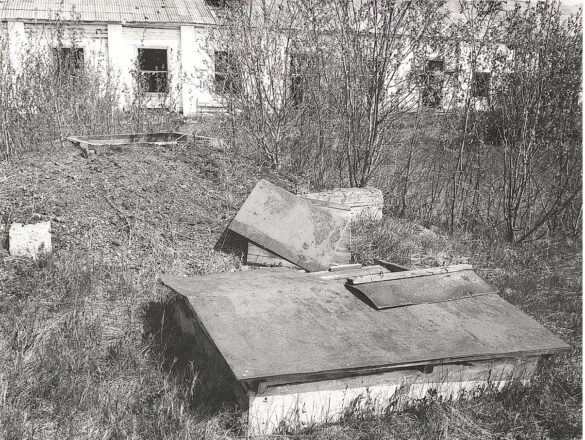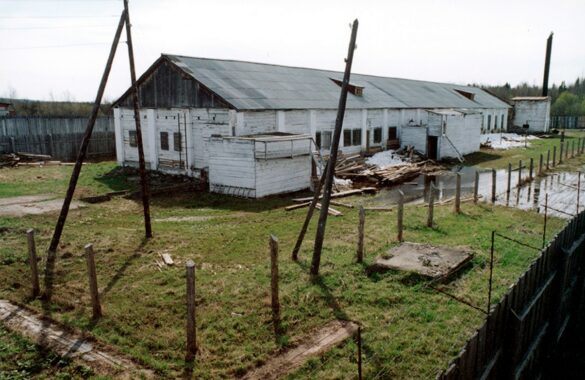All main buildings and constructions of Perm-36 camp, at that time known as Correctional Facility No. 6, were erected in 1946-1948. All barracks and other constructions were made of wood. The camp was engaged in logging. Timber, harvested by the prisoners, was stored in the camp storage, and once a year, after the spring flood, it was rafted down Chusovaya river. The camp was therefore built on the very bank of the river, on a marshy floodplain. It was built by prisoners themselves, quickly and in a very primitive way, from raw substandard logs: lofty timber was sent away for state procurement. The camp buildings rotted so fast that just after a few years of Perm-36 existence the camp officials reported about 40% of deterioration.
Nevertheless, these constructions were repeatedly repaired, and used, all anyhow, for more than forty years. In the 1970th , when correctional facilities were switched over to imprisonment of ‘supermax’ prisoners of state, Perm-36 included a few brick buildings, mostly offices. In 1998 the camp was closed. During the same year, its buildings and constructions were handed over to the social welfare department of Perm REC. During some next years psychoneurological care home was accommodated there. The care home, however, occupied only the camp’s brick headquarters buildings and guard barracks and, temporarily, one old camp hut. All other buildings were abandoned. By 1994, all fences and other guard systems of the former camp were ruined completely, the second camp hut dismantled. Other camp buildings and constructions were rotting away, being dismantled and stolen for household needs by the care home staff and the locals. The former camp was tumbling down quickly.
